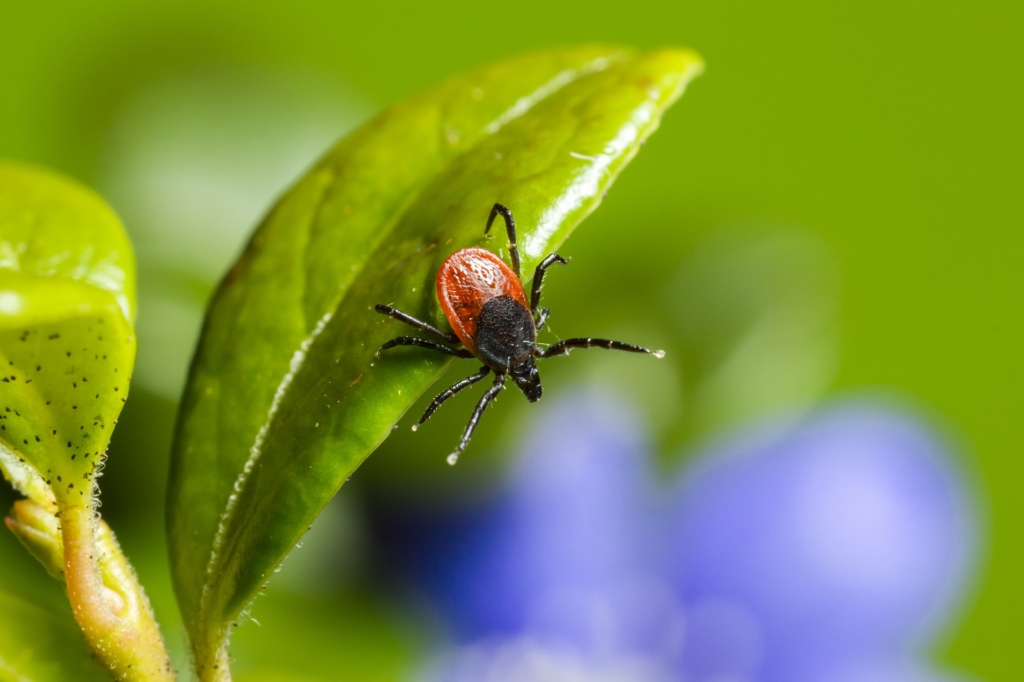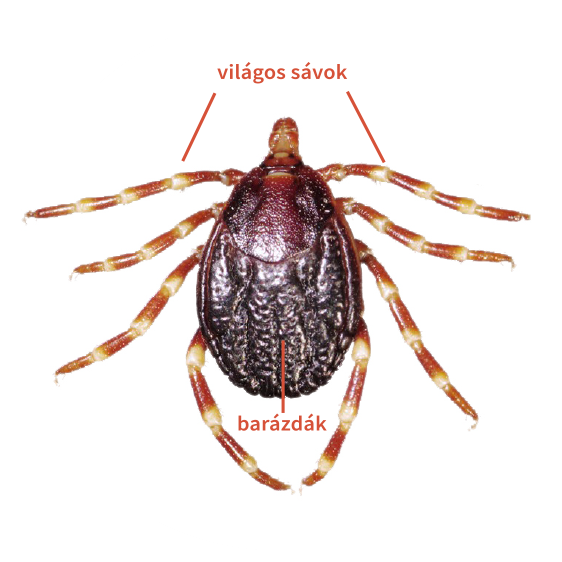Attention: Tick species spreading destructive virus appears in Hungary

Native mainly to the south of Hungary, Hyalomma ticks may have arrived in our country with the help of migratory birds. These ticks are capable of spreading Crimean-Congo haemorrhagic fever, which has a 30% mortality rate.
Ticks encountered earlier due to climate change

Due to the spring-like weather in February, both native and introduced species can be encountered earlier this year, according to data from the Tick Monitoring Programme of the HUN-REN Ecological Research Centre (HUN-REN ÖK) presented on Tuesday.
The community programme, which was launched in 2021, has also collected 14 Hyalomma eggs over the past three years. These parasites can spread diseases such as Crimean-Congo haemorrhagic fever, which has a mortality rate of up to 30%. Although these parasites are native further south of Hungary, they are easily spread further north by migratory birds, Világgazdaság reports.
Another concern is that global warming is making them more likely to survive and find suitable conditions in our climate. However, the good news is that migratory birds do not carry the Crimean-Congo haemorrhagic fever virus, so the chances of encountering an infected specimen are relatively low.
How to recognise these parasites?

We can recognise the parasites in question, as they are different from the species known in Hungary. Hyalommas are larger and faster than the native species, have a dark, solid-coloured shield and have spectacular striped legs that are visible to the naked eye, Világgazdaság writes.
HUN-REN ÖK’s research collects data on ticks using the citizen science method, i.e. based on reports from the public. (More about how to participate can be found HERE in English.) Since the start of the research programme, the Tick Monitoring Team has received hundreds of reports from the public, with the parasites found being mainly individuals of other native species.
Fortunately, none of the 14 Hyalomma were found to have the Crimean-Congo haemorrhagic fever virus. However, it was found that the vast majority of these were found in large mammals, such as horses, cattle and donkeys, and therefore the programme is focused on reaching and informing those involved in large animal husbandry.
It is particularly important to be on the lookout for such ticks in the spring months, as this indicates that the specimen in question has not arrived in our country via migratory birds, but has overwintered here or hatched from an egg laid by a female.
The HUN-REN ÖK continues to ask the public to keep a close eye on any specimens they find. And, if they believe they have found a Hyalomma specimen, they are asked to keep it in a tightly sealed jar and report it to the researchers.
If you find any
“This website was created to detect, with the help of the public, the appearance of two dangerous tick species, Hyalomma marginatum, and Hyalomma rufipes in Hungary,” the website of the Monitoring Team writes. “To be able to prepare for newly emerging pathogens in Hungary, it is important to know the extent to which these species are present in the country, so we ask for your help: if you come across Hyalomma ticks, please let us know.”
Read also:
- Deadly tick discovered in Hungary!
- Warmth brings a dangerous disease to Hungary: look out for these symptoms
Source:





